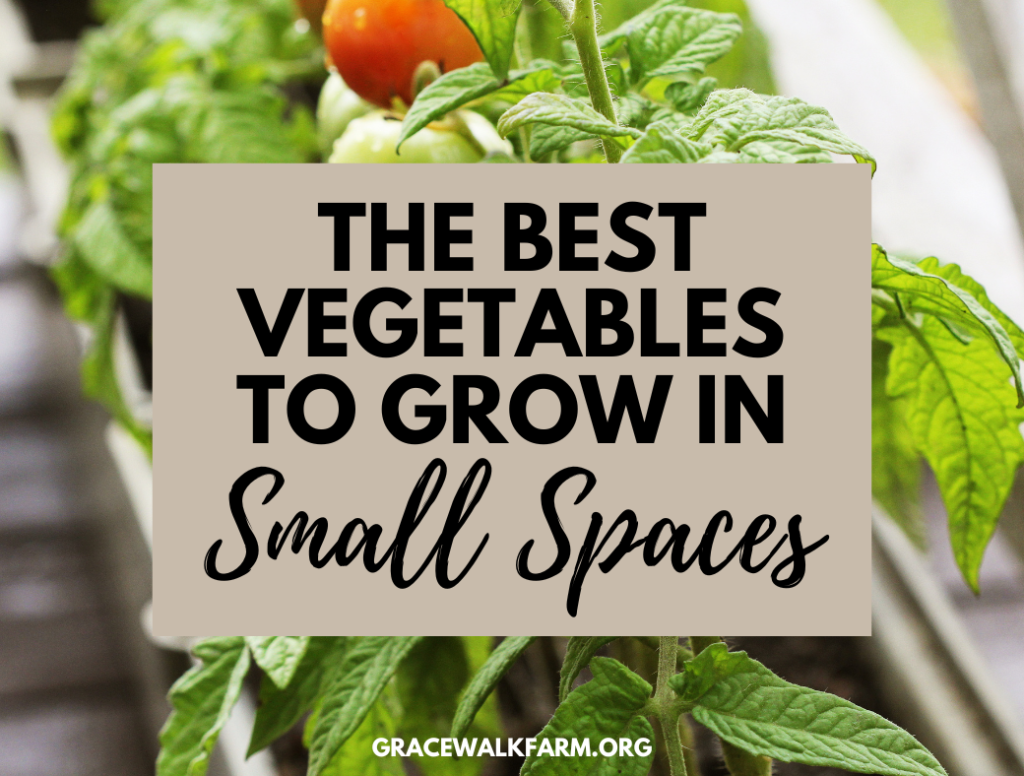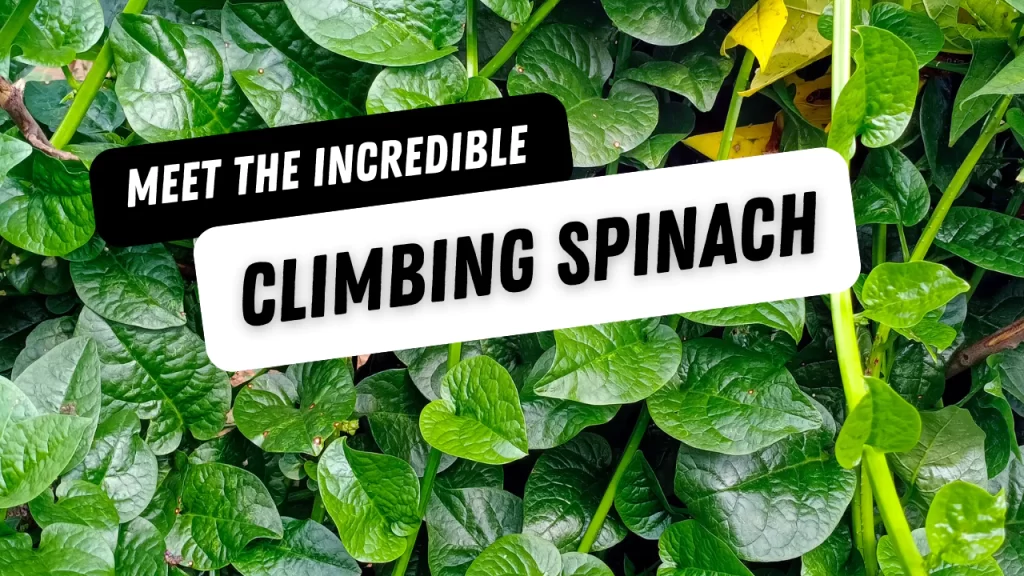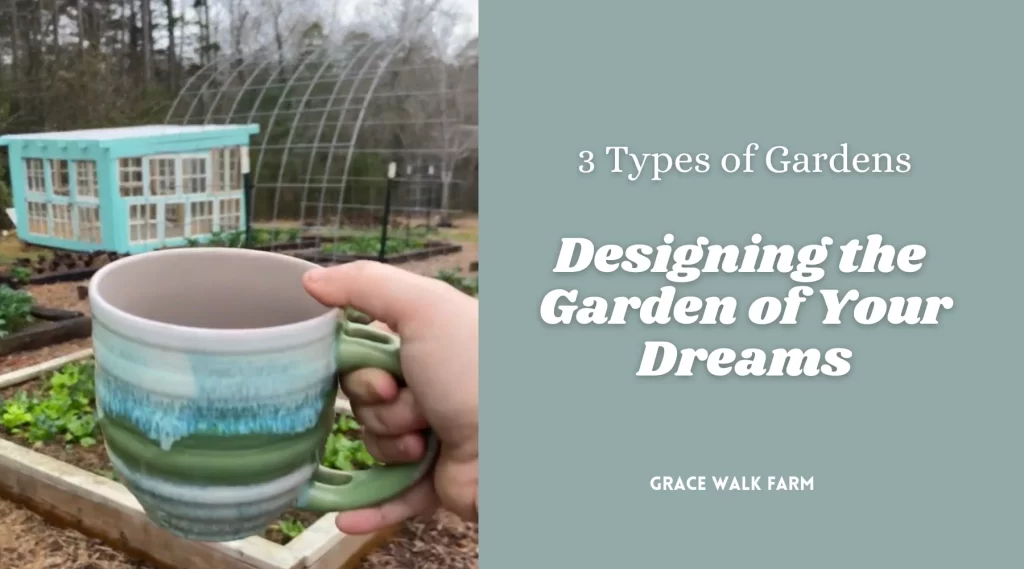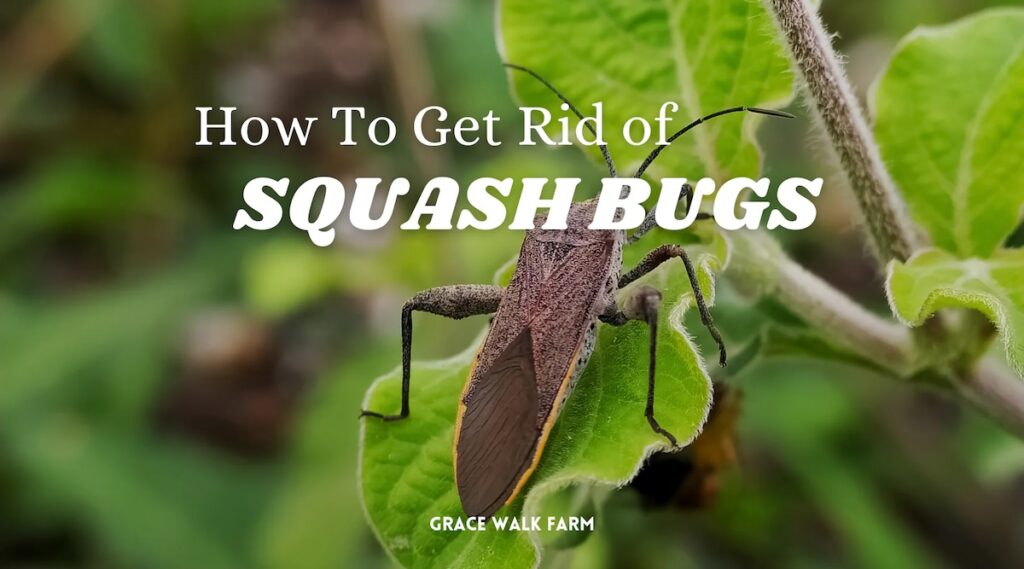You don’t need acres of land to grow your own food—you can do so much even in the smallest spaces. In fact, some of the best vegetables to grow in small spaces are easy to care for and perfect for containers, raised beds, or even hanging baskets. If you’ve got a balcony, a patio, or just a few pots on your porch, you can still create a thriving vegetable garden. Today, let’s talk about how to make the most of your space, the vegetables that will give you the biggest harvest in tight spots, and some tips to keep things simple and productive. Trust me, you can grow more than you think, even with just a little bit of room!
Welcome to Grace Walk Farm, our family homestead in western NC. We share the highs and lows of our homestead journey, in hopes that it will encourage you to grow your own food too. Click here to grab our Beginner Garden Guide for free! Join our 600K strong Instagram community of homesteaders here. Thanks for stopping by!
Choosing the Best Vegetables for Small Spaces
When growing in small spaces, it’s important to choose vegetables that thrive in containers or compact garden beds. The best vegetables to grow in small spaces are those that have shallow root systems, grow vertically, or can be trained to climb. Think of plants like tomatoes, cucumbers, and beans—these can be trellised or supported to grow upwards, making them perfect for tight areas. Leafy greens like spinach, lettuce, and kale are also ideal because they grow quickly and don’t need much space to produce a full harvest.
If you’re new to gardening or just working with limited room, start by planting fast-growing crops like radishes, herbs, or baby carrots. These not only grow well in containers but also offer quick, rewarding harvests that will keep you motivated. Remember, the key to success in small space gardening is choosing the right vegetables and using your vertical space wisely!
Maximizing Your Small Space Vegetable Garden
One of the most effective ways to make the most of a small garden is to think vertically. When you’re growing the best vegetables for small spaces, utilizing height can dramatically increase your planting area. Invest in trellises, hanging planters, or stackable containers to take advantage of every inch. Plants like peas, pole beans, and cucumbers can be trained to climb upward, freeing up ground space for other crops like lettuce or radishes that grow lower to the soil.
Another trick is succession planting—growing crops in waves throughout the growing season. Once you harvest a fast-growing vegetable, like spinach or arugula, plant another crop in its place. This technique allows you to keep producing vegetables all season long, even in a small area. Be sure to mix in herbs like basil, parsley, and chives, which thrive in small spaces and can be harvested continuously. By layering crops and using every part of your space creatively, you’ll be amazed at how much you can grow, even in the smallest garden.
Best Containers for Growing Vegetables in Small Spaces
When you’re limited on space, the type of containers you use can make all the difference. To grow the best vegetables in small spaces, opt for containers that allow your plants’ roots to spread but don’t take up too much room. Fabric potsor grow bagsare fantastic options because they’re lightweight, breathable, and can fit in tight spots like patios or balconies. They also help prevent overwatering by allowing excess moisture to escape, which is great for container gardening.
If you’re working with a really compact area, hanging baskets or wall-mounted planters are ideal for growing herbs or small vegetables like cherry tomatoes and strawberries. For vertical-growing plants like beans or cucumbers, choose taller, narrower containers that support the roots but don’t hog ground space. Just make sure your containers have proper drainage to avoid root rot.
Lastly, don’t forget to rotate your containers or move them throughout the day to ensure your plants get enough sunlight. By choosing the right containers and placing them wisely, you can grow a wide variety of vegetables even with minimal space.
Soil and Watering Tips for Small Space Vegetable Gardens
One of the most important aspects of growing the best vegetables in small spaces is ensuring your plants have the right soil and watering routine. Since container gardening often means limited soil volume, you’ll need to use a high-quality, nutrient-rich soil mix that retains moisture but also drains well. A good mix includes compost, peat moss, and perlite or vermiculite, which provides both nutrition and aeration for the roots. Avoid using garden soil, as it tends to compact in containers and can cause drainage issues.
When it comes to watering, small space vegetable gardens, especially those in containers, need regular attention. Containers tend to dry out faster than garden beds, especially in hot weather, so keep an eye on moisture levels. The best approach is to water deeply until you see water running from the drainage holes—this ensures that the roots are getting enough hydration. For plants that prefer consistently moist soil, like lettuce or spinach, you can mulch the surface with organic matter like straw or shredded leaves to help retain moisture.
Be careful not to overwater, though! Always check the soil by sticking your finger about an inch deep—if it feels dry, it’s time to water. For larger container gardens or if you’re short on time, consider installing a drip irrigation system or using self-watering containers, which can help maintain consistent moisture levels without the risk of overwatering. Proper soil and watering techniques are essential to growing healthy, productive vegetables in small spaces!
Sunlight and Temperature Considerations for Small Space Vegetables
To successfully grow the best vegetables in small spaces, you’ll need to ensure that your plants receive the right amount of sunlight and are protected from extreme temperatures. Most vegetables, especially those like tomatoes, peppers, and beans, need at least 6-8 hours of direct sunlight per day to thrive. If you’re working with a balcony or patio, observe how the sun moves through the day and position your containers where they will get the most consistent light.
If sunlight is limited, don’t worry—there are plenty of vegetables that tolerate partial shade. Leafy greens like spinach, lettuce, and kale can grow well with just 3-4 hours of sunlight a day. Similarly, root vegetables like carrots and beets are more shade-tolerant and can thrive in those less sunny spots.
Temperature control is another key factor in growing vegetables in small spaces, especially if you’re gardening on a balcony or next to heat-reflecting walls. Containers can heat up quickly in direct sunlight, which can stress your plants. To keep your vegetables cool, move your containers to a shaded area during the hottest part of the day or use a shade cloth to protect them from intense heat.
On the other hand, if you’re gardening early in the season or in a cooler climate, make sure to keep your plants warm by placing them against a sunny wall or using a cold frame or cloches to trap warmth. Remember, when gardening in small spaces, your ability to move containers easily is an advantage—take advantage of this mobility to optimize your plants’ growing conditions throughout the day and season!
Fertilizing and Maintaining Your Small Space Vegetable Garden
To get the most out of your small space garden, regular fertilizing and maintenance are key to ensuring your plants grow strong and healthy. When growing the best vegetables in small spaces, the limited soil volume in containers means your plants will quickly use up available nutrients. To replenish these nutrients, it’s essential to use a balanced fertilizer—one that provides a good mix of nitrogen, phosphorus, and potassium.
Organic fertilizers like compost tea, fish emulsion, or worm castings are excellent choices for container-grown vegetables. They offer slow-release nutrients and help improve soil structure over time. For quick-growing plants like lettuce, radishes, or herbs, applying a liquid fertilizer every 2-4 weeks will give them the boost they need for continuous growth. For heavier feeders like tomatoes, peppers, and cucumbers, a balanced granular fertilizer applied at planting time and then every month can ensure strong, fruit-bearing plants.
Along with fertilizing, regular maintenance like pruning, thinning, and pest control is crucial to keeping your small garden thriving. Prune indeterminate tomatoes and other vining plants to direct their energy into producing fruit rather than excess foliage. For crops like carrots or beets, thinning out seedlings allows the remaining plants to have enough room to develop fully.
Stay on top of pests by inspecting your plants regularly. Small spaces tend to limit airflow, which can sometimes attract pests like aphids or mildew. Use organic methods like neem oil, insecticidal soap, or introducing beneficial insects, such as ladybugs, to keep pests under control without harsh chemicals. The more you monitor and maintain your small space vegetable garden, the healthier and more productive it will be.
Harvesting and Replanting in Small Spaces
One of the most rewarding aspects of growing the best vegetables in small spaces is the ability to harvest fresh produce right from your home, even with limited room. With a well-maintained small space garden, you can enjoy multiple harvests throughout the growing season. As soon as one crop finishes, you can replant and keep the garden productive. This method, called succession planting, is ideal for small spaces because it allows you to make the most of every inch of soil.
For example, after harvesting fast-growing crops like radishes, lettuce, or spinach, you can immediately replant with a second wave of vegetables that mature in cooler fall temperatures, such as broccoli, kale, or carrots. Even in small spaces, this approach helps you maximize yield and ensures you always have fresh vegetables to harvest.
When harvesting, use sharp scissors or a knife to cut greens or clip vegetables to avoid damaging the plants. For crops like tomatoes, cucumbers, or peppers, harvest them when they are ripe, but check frequently to avoid letting them overripen on the vine, which can slow down the plant’s overall productivity.
By continually replanting and staggering your crops, you’ll have a continuous supply of fresh produce without needing a large garden. And because small space gardens are easy to access and maintain, you’ll find that harvesting becomes part of your daily routine, making it a joy to step outside and pick fresh vegetables for your meals.
Growing a Thriving Vegetable Garden in Small Spaces
Growing the best vegetables in small spaces is not only possible but incredibly rewarding. With the right planning, container choices, and care, even the smallest balcony or patio can become a thriving, productive vegetable garden. By selecting space-efficient vegetables, using vertical gardening techniques, and maintaining healthy soil and water routines, you can maximize your harvest and enjoy fresh, homegrown produce all season long.
Remember, gardening is a process of learning and experimenting, so don’t be afraid to try new crops, replant, and adjust your methods as you go. Whether you’re growing leafy greens, herbs, or vining vegetables, the key is to make the most of your available space and give your plants the attention they need. With a little creativity and care, you’ll find that growing vegetables in small spaces can yield big results. Happy gardening!




